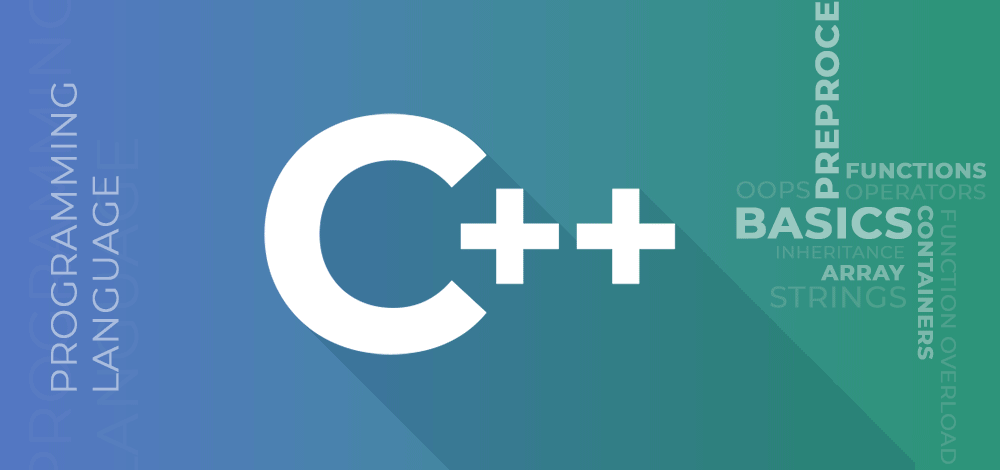C++智能指针终极指南:从内存管理到循环引用破解的必知必会
作者:微信公众号:【架构师老卢】
3-29 20:17
341

智能指针核心价值
C++以提供多种内存管理方式闻名,但随之而来的段错误和内存泄漏问题始终困扰开发者。智能指针通过自动化内存管理彻底改变了这一局面,本文将深入解析三大核心类型:
• std::unique_ptr:独占资源所有权的智能指针
• std::shared_ptr:引用计数的共享所有权
• std::weak_ptr:打破循环引用的关键工具
独占所有权的艺术:unique_ptr
基础用法
#include <iostream>
#include <memory>
int main() {
std::unique_ptr<int> u1(new int(1));
std::unique_ptr<int> u2(new int(2));
std::unique_ptr<int> u3 = std::move(u1); // 所有权转移
if(u1) { /* 此处u1为空指针 */ }
if(u3) { std::cout << *u3 << std::endl; } // 输出:2
}
进阶操作
std::unique_ptr<int> uniqueInt(new int(42));
int* rawPtr = uniqueInt.release(); // 释放所有权
delete rawPtr; // 必须手动释放
共享所有权的智慧:shared_ptr
引用计数机制
std::shared_ptr<int> sharedInt = std::make_shared<int>(12);
std::shared_ptr<int> sharedInt2 = sharedInt; // 引用计数+1
*sharedInt = 100;
std::cout << *sharedInt2; // 输出:100
生命周期追踪
class MyClass { /*...*/ };
std::shared_ptr<MyClass> obj1 = std::make_shared<MyClass>();
std::shared_ptr<MyClass> obj2 = obj1;
std::cout << obj1.use_count(); // 输出:2
obj1.reset(); // 计数减至1
obj2.reset(); // 计数归零,内存释放
循环引用破解术:weak_ptr
死循环陷阱
class B; // 前向声明
class A {
public:
std::shared_ptr<B> b_ptr;
~A() { std::cout << "A析构" << std::endl; }
};
class B {
public:
std::shared_ptr<A> a_ptr;
~B() { std::cout << "B析构" << std::endl; }
};
int main() {
auto a = std::make_shared<A>();
auto b = std::make_shared<B>();
a->b_ptr = b;
b->a_ptr = a; // 形成循环引用
} // 析构函数永不调用!
弱引用解决方案
class B {
public:
std::weak_ptr<A> a_weak_ptr; // 弱引用声明
};
int main() {
auto a = std::make_shared<A>();
auto b = std::make_shared<B>();
a->b_ptr = b;
b->a_weak_ptr = a; // 不增加引用计数
if(auto shared = b->a_weak_ptr.lock()) {
std::cout << "成功获取对象" << std::endl;
} // 输出:成功获取对象
}
性能优化技巧
优先使用make_unique/make_shared
// 推荐方式 auto ptr = std::make_unique<int>(42); // 避免显式new auto badPtr = new int(42);避免不必要的拷贝
void process(std::shared_ptr<int> ptr) { /*...*/ } // 直接传递原始指针 process(sharedInt);弱引用缓存策略
std::weak_ptr<Data> dataCache; if(auto data = dataCache.lock()) { // 使用有效数据 } else { // 重新加载数据 dataCache = std::make_shared<Data>(); }
实战案例:图形渲染系统
class Texture {
public:
Texture(const std::string& path) { /* 加载纹理 */ }
~Texture() { /* 释放GPU资源 */ }
};
class Material {
std::shared_ptr<Texture> diffuse;
std::weak_ptr<Texture> normalMap; // 非所有权持有
void setNormalMap(std::shared_ptr<Texture> map) {
normalMap = map;
}
};
// 使用示例
auto texture = std::make_shared<Texture>("texture.png");
Material mat;
mat.setNormalMap(texture); // 共享引用
智能指针是现代C++内存管理的基石,掌握其精妙用法可显著提升代码安全性和性能。关键要点:
• unique_ptr用于独占资源
• shared_ptr实现共享所有权
• weak_ptr破解循环引用
• 优先使用工厂函数创建对象
立即实践这些经过验证的技术方案,让您的C++程序从此告别内存管理噩梦!如果本文对您有帮助,请点赞支持作者👏
相关留言评论
昵称:
邮箱:
阅读排行
2505
1060
1105
1077
1922
1134
1319
1085
739
1071
5269
1065
1040
1831
1723